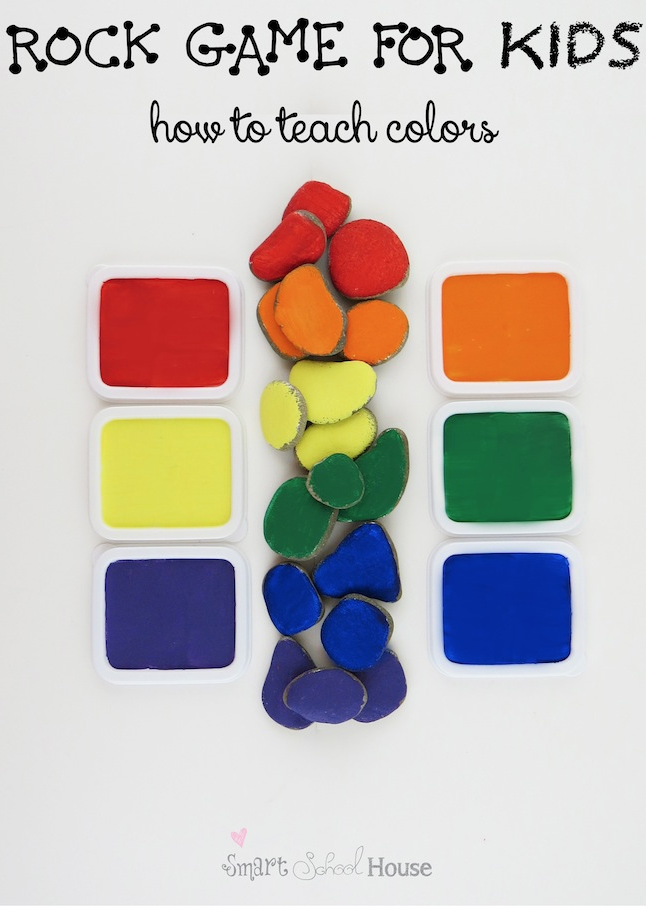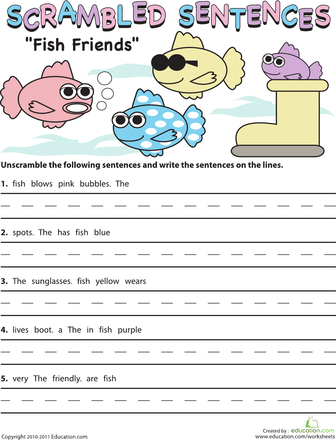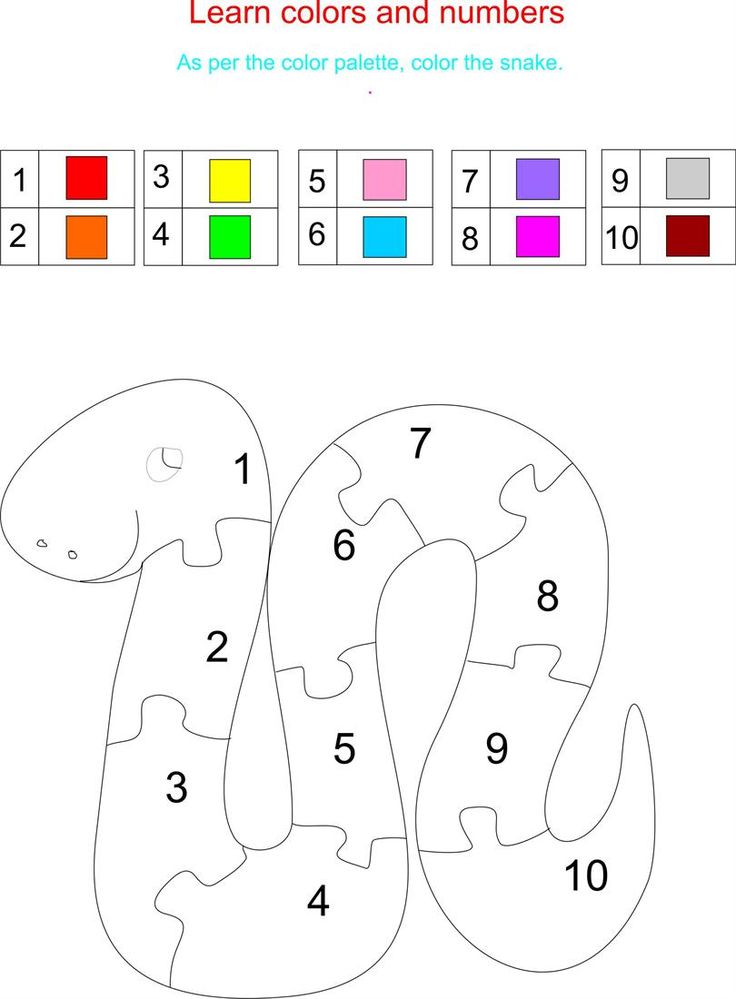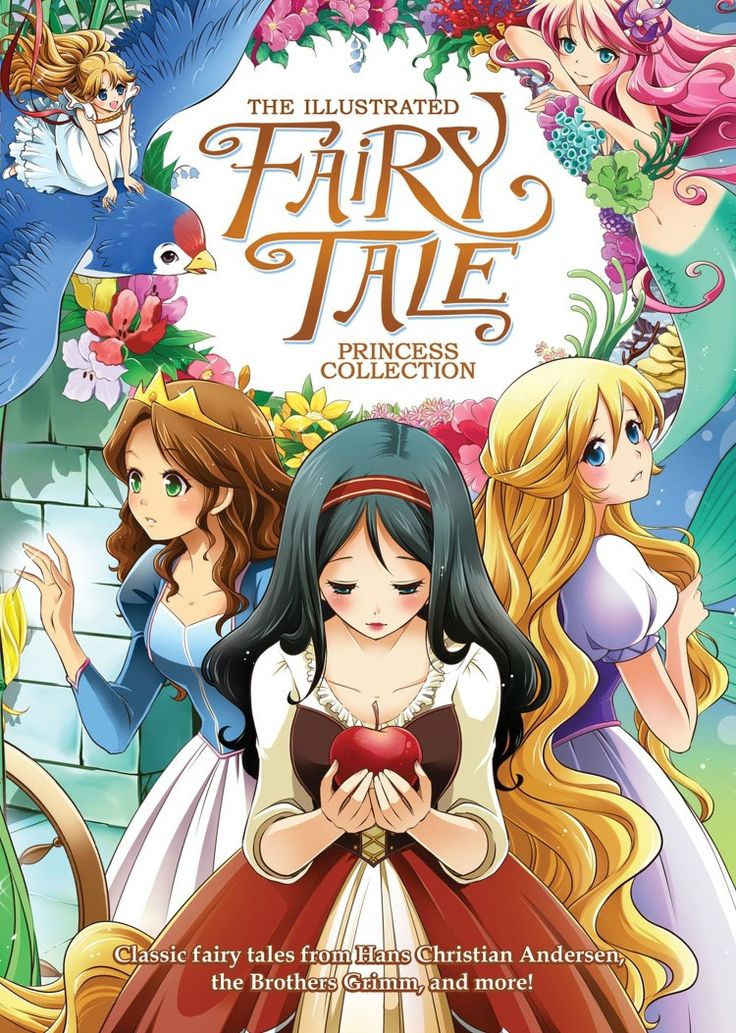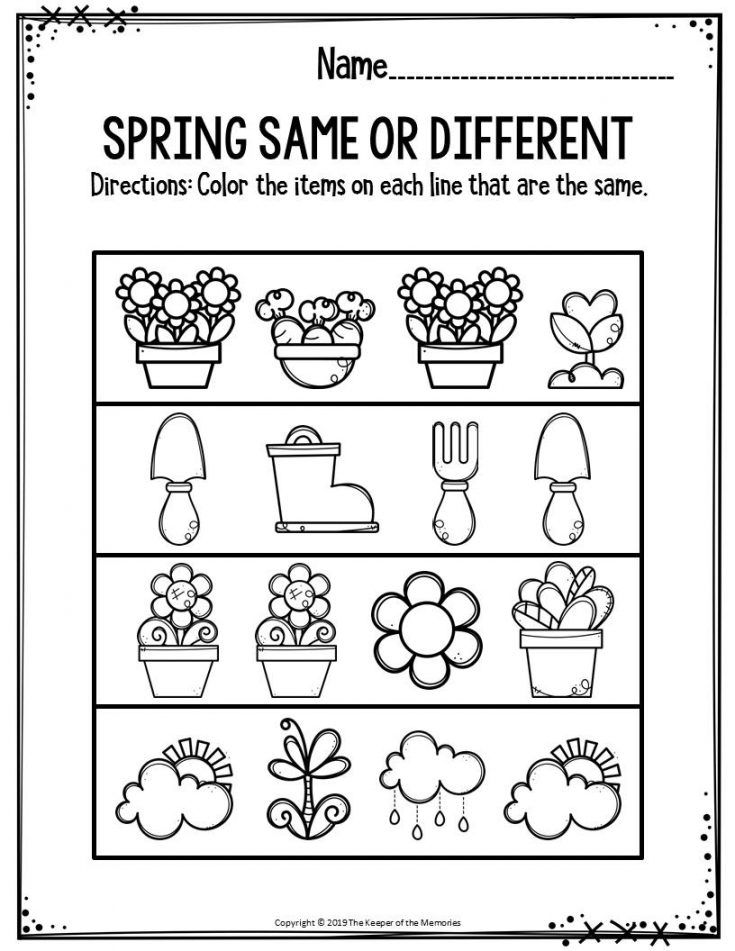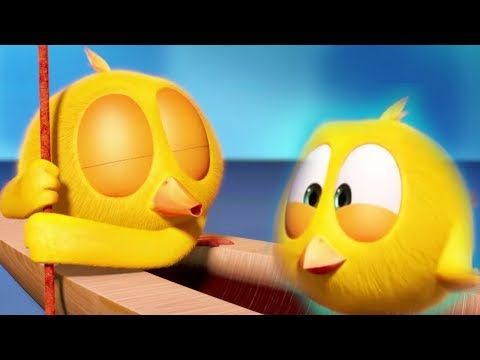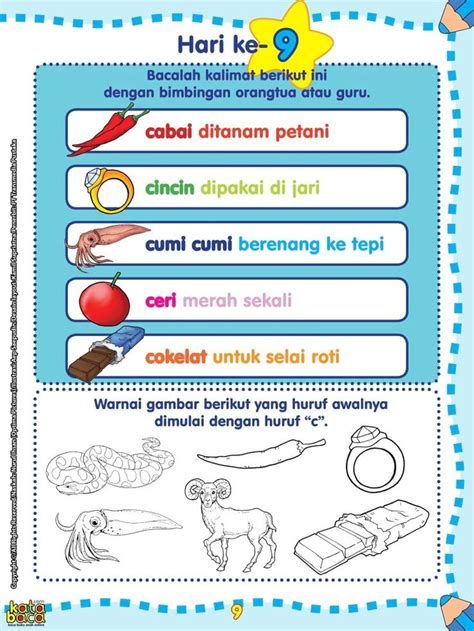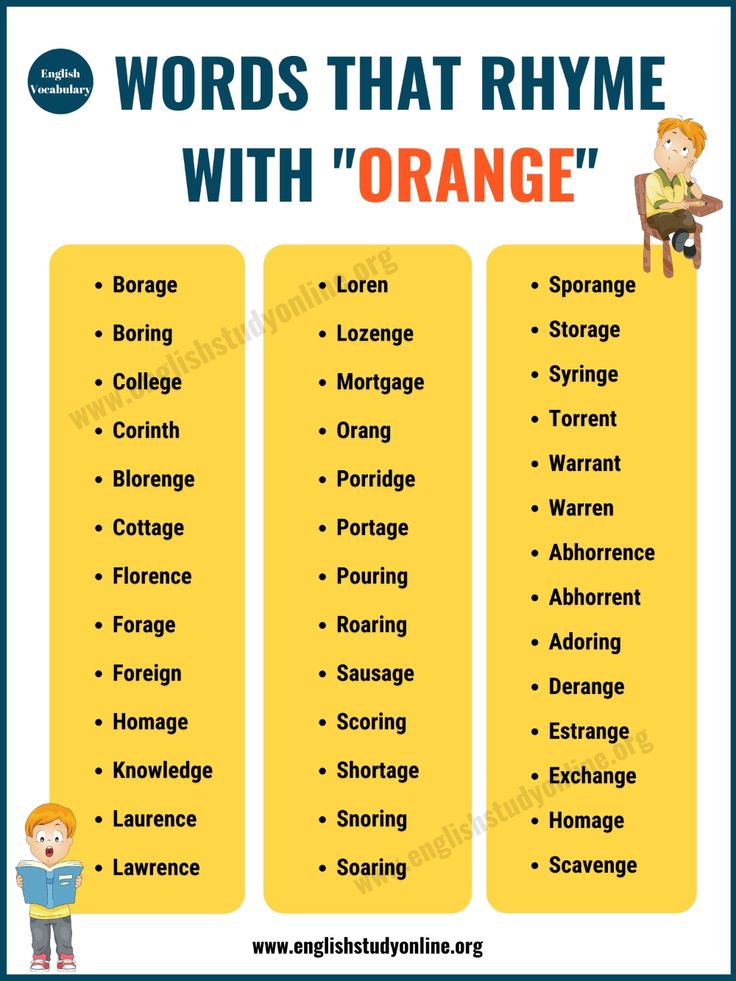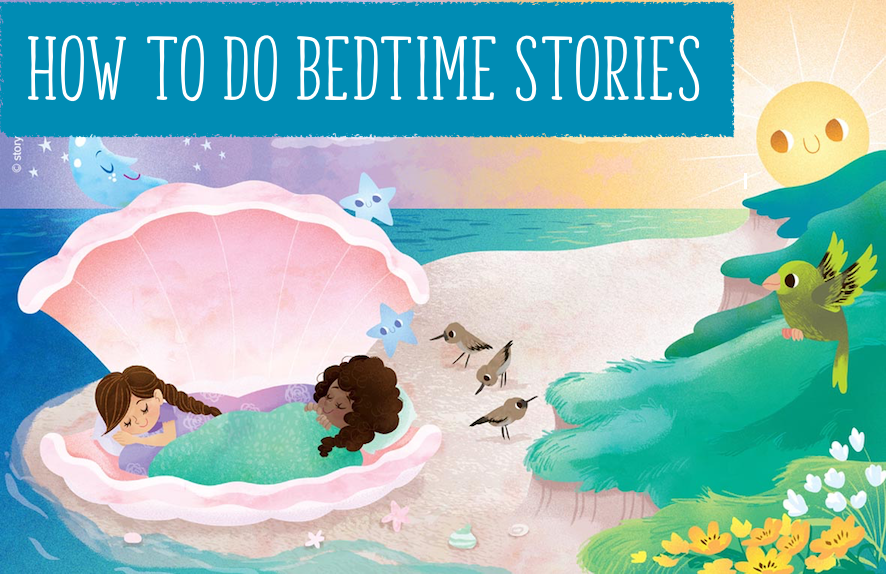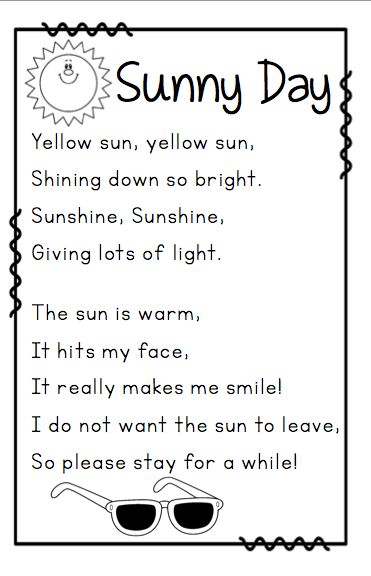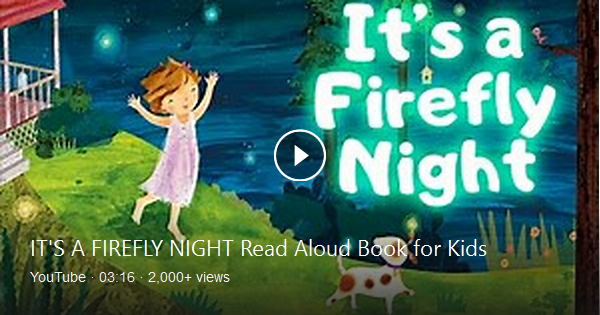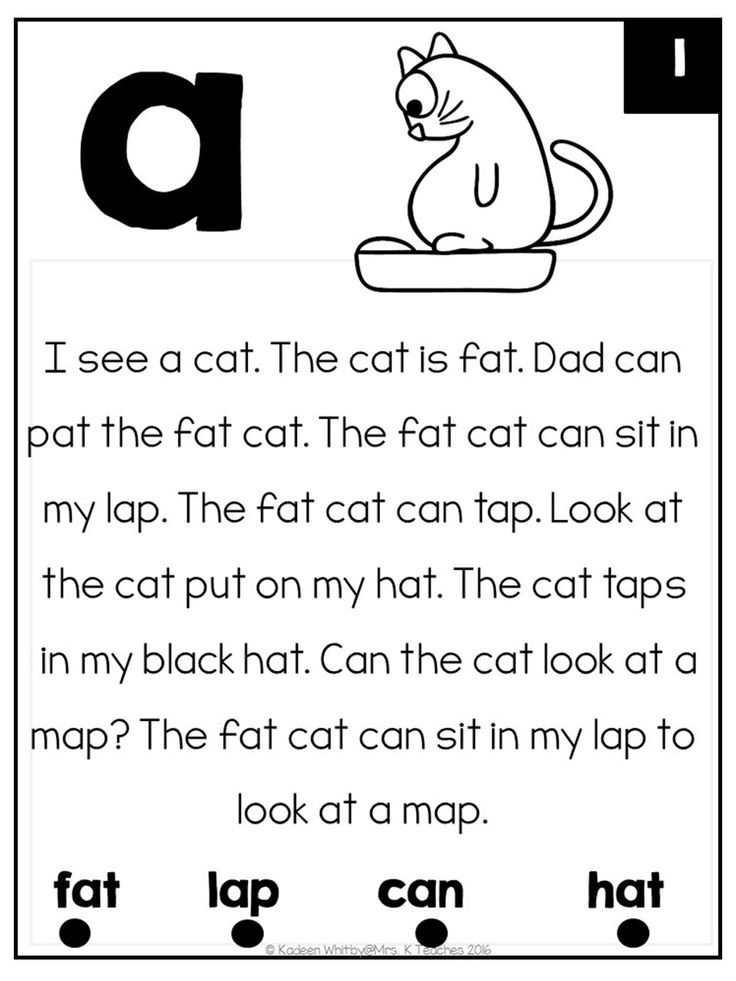Teaching toddlers colours and shapes
4 Tips for Learning Colors and Shapes
What can we help you find? ArrowLeftRed SearchRed SearchClose
BackLet your curious toddler explore the world around her. Here are 4 tips for learning colors and shapes at home!
Watching your little one learn new concepts and develop new skills can be some of the most cherished and exciting parts of being a parent. And one of the most fun and effective activities is learning colors and shapes! “Young children have an inborn ability to understand shapes,” explains Dr. Judith Myers-Walls, a specialist in human development at Purdue University. “Even babies can recognize the difference between a circle and a square. They can see shapes and feel them. But they need help learning the name of each shape.”
So how can you go about teaching your children shapes and colors at home? You can start right away using everything around you! Begin with these four tips for learning colors and shapes:
- Use What You Have
You don’t need to invest a lot of time and money into special toys and educational materials.Using items found right in your child’s environment will help learning colors and shapes feel natural and easy. That yellow banana you have hanging in the kitchen will work just fine. You can point to the banana and say, “yellow banana,” then point to a yellow block and say, “yellow block.” Throughout the day, continue to point out anything and everything yellow that you can. Repetition can really help children learn, so pointing out a specific color or a shape frequently will help your little one grasp these concepts.
- Build Upon Basic Concepts
Start out with very basic ideas first. Point out objects of a certain color or shape around your house, and after you can see that your little one really “gets it,” progress to grouping similar objects together to really solidify the concept in your child’s mind. Help her find shapes in her everyday environment — her square napkin, her circular cereal pieces or the coat hanger shaped like a triangle — and help her find similar shapes in other parts of the house.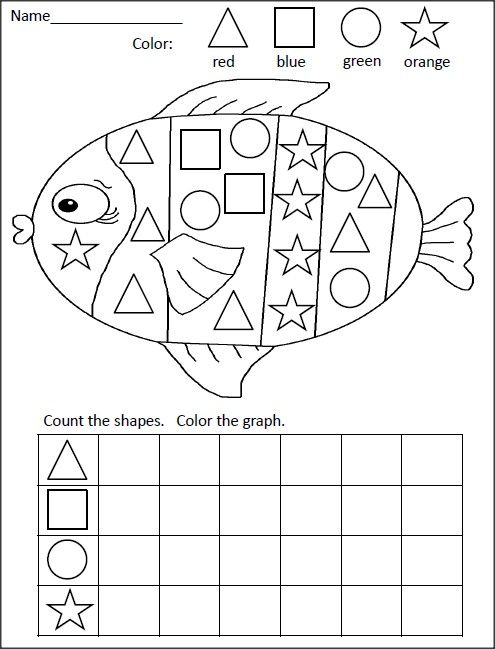
- Demonstrate Shapes
Show your child rather than simply telling her. Hold on to your child’s fingers as you trace certain shapes using finger paints or through sand. As your child’s fine motors skills begin to develop, you can reinforce these basic skills by allowing her to practice drawing shapes herself using a paintbrush or large crayons.
- Play With Shapes and Colors
Turning a lesson about colors and shapes into playtime can have a bigger impact than you think. “Through play, children learn about the world and engage in activities that encourage their cognitive, emotional and social development,” says Gabriel Guyton, a psychologist and head teacher at the Bank Street Family Center in New York City and author of “Using Toys to Support Infant-Toddler Learning and Development.” Guyton suggests setting up activities for small children that will allow them to visually identify similarities and differences between different shapes and colors.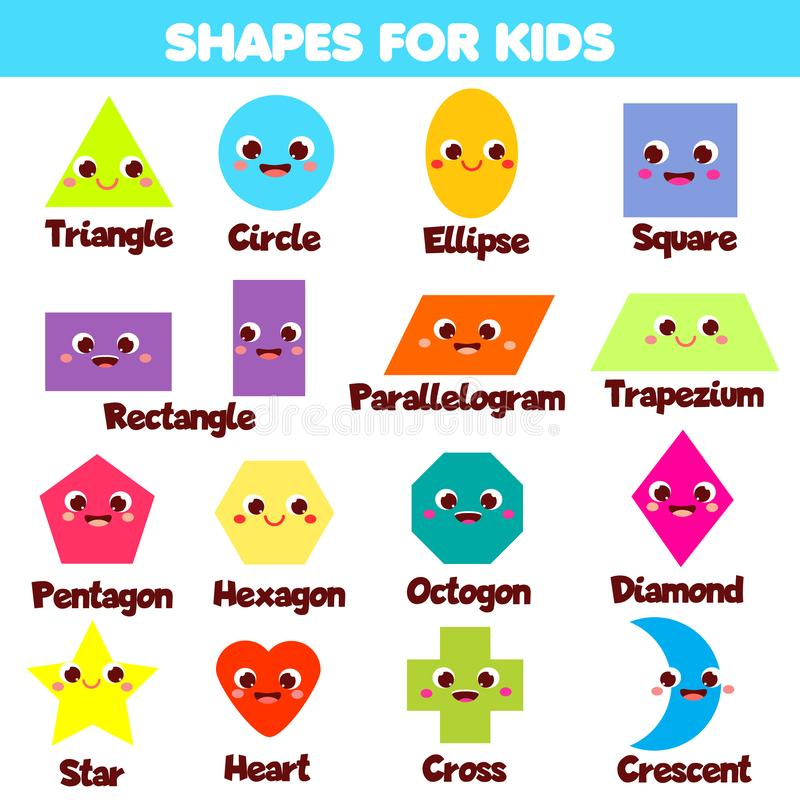 “Provide matching plastic cookie cutters, allowing children to make shapes and experience the ideas of ‘same’ and ‘different’ as they explore.” You can also set up an activity where you and your child line up all the green toys in the house, or organize blocks by shape while saying the name of each shape as you go.
“Provide matching plastic cookie cutters, allowing children to make shapes and experience the ideas of ‘same’ and ‘different’ as they explore.” You can also set up an activity where you and your child line up all the green toys in the house, or organize blocks by shape while saying the name of each shape as you go.
Once you get the hang of it, teaching your child about colors and shapes will become second nature, and she’ll be pointing out all the shapes and colors around her. Her world is constantly growing and expanding, and you’re helping her learn how to describe and appreciate it.
Want more learning games? Try these 8 Color Games That Teach and Entertain.
Kelly Sundstrom is an award-winning journalist and national special needs spokesperson. As the mother of two exceptional children, Sundstrom has been a guest speaker on Grassroots TV in Aspen, Colorado, and offers her support and advocacy to families all over the country.
Like what you're reading?
Join Care for FREE
EmailEmail is required.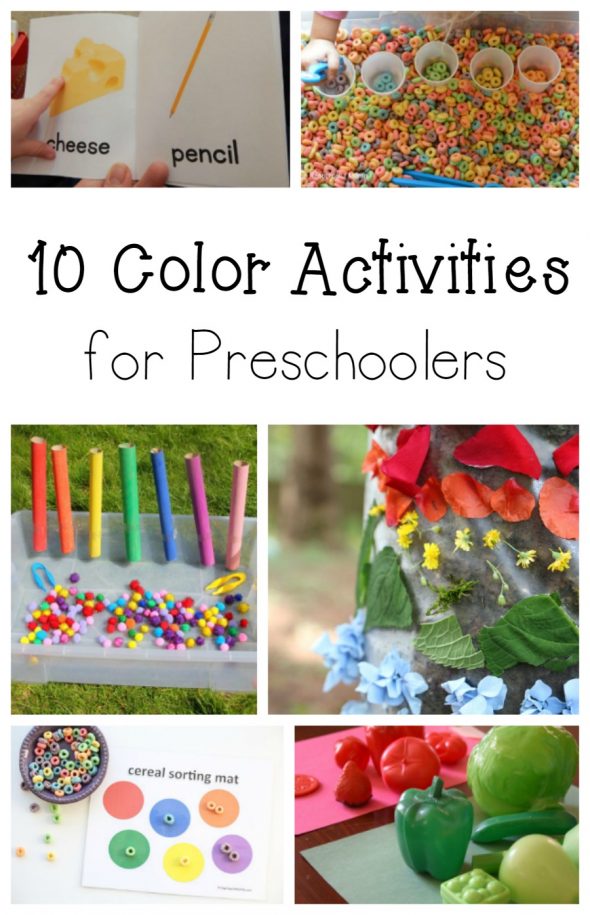
Click 'Next' to start an account and get tips, tricks and trending stories.
Already Registered
The email address you entered is already registered. Would you like to log in?
Log in
Almost done!
Join Care for FREE
Create a free account to access our nation wide network of background checked caregivers.
First name
First name is required.
Last name
Last name is required.
Zip codeZip code is required.
We're sorry, your request could not be processed at this time. Please click here to try again.
By clicking "Join now," you agree to our Terms of Use and Privacy Policy.
Welcome to Care!
You're on your way to finding someone your family will love.
Start now
6 PROVEN Ways To Teach Your Toddler Shapes (2021)
In early learning classrooms, teachers typically choose to teach shapes and colors first before numbers or the alphabet.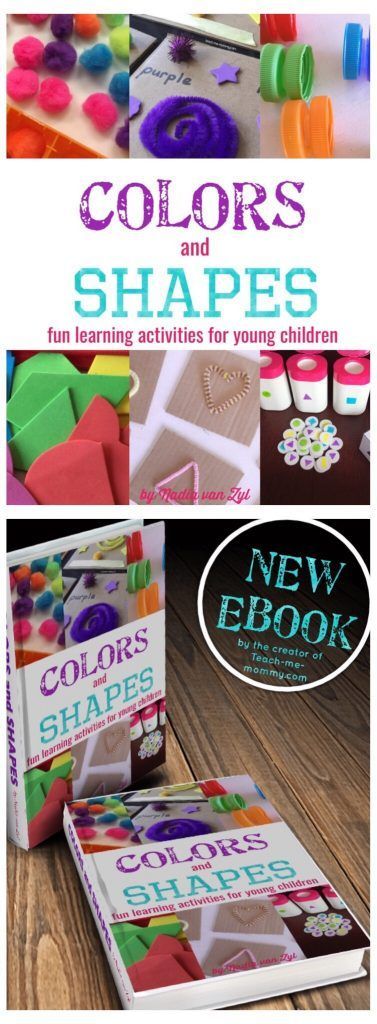
Why is that?
“It’s because color and shape are two very noticeable attributes of the world around us. Color and shape are ways children observe and categorize what they see. These very recognizable characteristics encourage children to define and organize the diverse world around them”. – Scholastic
For example, we have a bunch of colorful eggs currently around the house since it’s close to Easter. My son will see the eggs and say purple or oval every time he sees them.
We are surrounded by shapes! It only makes sense that this is the first subject that you are teaching your child.
Since I have been on the adventure of teaching shapes to both my kids,
I have come up with 6 PROVEN tips to teach your toddler shapes!
Tip #1. Play with toys!
When you walk down the toy aisle at Target, do you see your child’s eyes light up at all the different toys?
Most of the time, I try to distract my kids as we walk by this section!
But, all kidding aside, there are times throughout the year when I buy new toys. I especially love buying educational toys because children learn through play every day.
I especially love buying educational toys because children learn through play every day.
Here are SIX of the BEST shape toys I’ve come across for teaching your toddler!
Side note: Most of these toys don’t say the shapes out loud, so your involvement in playing with these toys is crucial for them to learn!
Toy #1: Melissa and Doug Shapes Chunky Puzzle
Melissa and Doug puzzles have worked wonders with my children. These puzzles are the first thing that I introduce when starting to teach things like shapes, alphabet, numbers, etc.
View Price - Amazon
Hands-on learning is the way your child will learn best! By repeating these shapes daily, your child will start to pick up the names of the shapes.
Toy #2: Melissa and Doug Take-Along Shape-Sorter
Who doesn’t love a great on-the-go toy? I am always looking for great toys to take in the car, on long weekend trips in the hotel, or events where I know that my kids will be bored within 10 minutes :).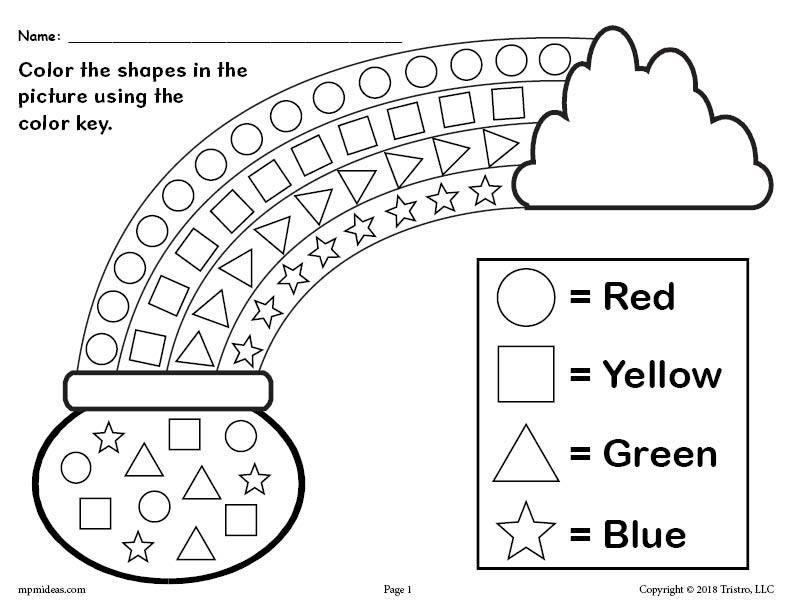
What makes this toy so great is that it packs up easy, and it’s small, so it’s easy to carry around!
Amazon's Price
Toy #3: Melissa and Doug Wooden Shape Sorting Clock
I love buying a toy that can be used for several years because you can work on different learning skills with it!
This clock is excellent for learning shapes, numbers, and how to tell time!
View Amazon's Price
Toy #4: Shape Sponges
View Amazon's Price
I like this toy because it’s different than the other ones that I mention. Plus, I love the fact that these sponges have handles, so it’s easy for little hands to hold and use them.
There’s only so many times that your child will want to play with the same puzzle, so adding in some different tools or toys will keep them engaged in the learning!
Toy #5: Play-Doh Shape and Learn Colors and Shapes
I don’t know about you, but my kids are obsessed with Play-Doh!
View Price - Amazon
In this specific pack of Play-Doh cut-outs, there was an oval, circle, triangle, and square! These are great shapes to start with, especially for little ones!
Toy #6: Melissa and Doug 25 Wooden Shape Magnets
Does anyone else’s toddler enjoy pulling off all the refrigerator magnets at home? These magnets are also great, so you can get some cooking done in the kitchen while your little one is close by.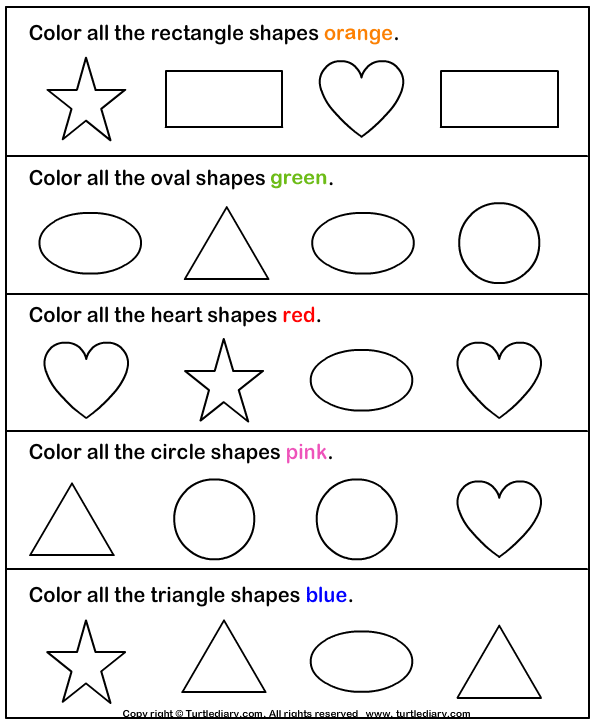
Check Price - Amazon
Tip #2. Repetition, repetition, repetition!
When you are trying to leave the house, how many times do you have to tell your kid(s) to get their shoes and jacket on before you go?
It seems like hundreds, right? That’s how I feel!
One day they will get it! But until then, I keep having to repeat the directions.
The same goes for learning shapes or any other new skill! Repeating the information, especially to toddlers, is crucial. Even though my son knows his shapes, I still spend at least 5 minutes a day playing with shape toys or checking for understanding, so he remembers the information.
Lucas can finally use stickers because he isn’t putting them in his mouth! This sticker book was a fun and cheap way to review shapes. The best part about this book is that the stickers are reusable!
It is exciting and engaging to also present it in different ways to kids so they don’t get bored with the same toy, which I will explain in the next section.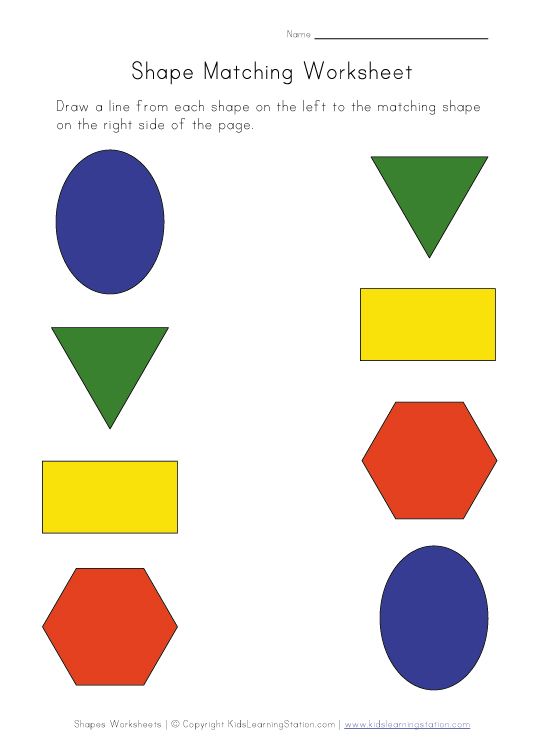
Tip #3: Shape Learning Activities
Think about how you learn best. If you are learning something new, do you like to use the same program, slide show, or worksheet?
I sure don’t!
Variety is crucial when teaching kids. You want to make sure they are not just memorizing one toy. By doing different activities every now and then, they will be eager to learn and excited to show you what they know.
Below are FOUR activities I’ve used with my kids!
Activity#1: Shape Pizza
You need the following items for this activity:
- Paper plate
- Construction paper
- Glue stick.
I pre-made all of the shapes, so this activity was ready to go for my kids. The best part about the project is you can let their creativity flow! You may have to help with the glue, so your house doesn’t become all sticky 🙂
Do you have a preschooler at home that would enjoy this too?
To differentiate for older kiddos, you can add in more complex shapes like hexagons, trapezoids, and pentagons. On the worksheet, I also added a question on how many sides each of the shapes have. As a bonus, my daughter worked on her handwriting as well by writing the number of each shape she had on her pizza and how many sides each shape has!
On the worksheet, I also added a question on how many sides each of the shapes have. As a bonus, my daughter worked on her handwriting as well by writing the number of each shape she had on her pizza and how many sides each shape has!
Click on the links below to get your FREE PDFs for this lesson!
- My Shape Pizza- Toddler My Shape Pizza- Preschool
- My Shape Pizza- Preschool
Activity #2. Shape Sorting Suncatcher
You will need the following items for this activity: Contact paper and cardstock paper.
This activity did take some prep work, but the kids loved it because it was something different that we have never done before! It works on differentiation and sorting shapes.
I drew a circle, triangle, and square, cut them out using the contact paper, and placed an outlining of the shapes with cardstock paper to help with differentiation.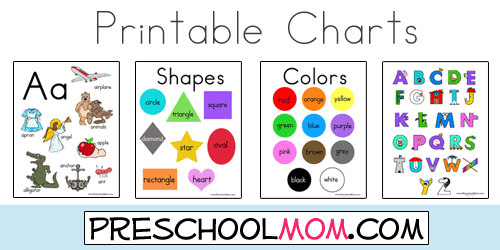
Then, I made smaller circles, triangles, and squares so they could place them on the contact paper.
Activity #3: Shape Jumping
To do this activity, all you need is sidewalk chalk!
It’s cold out where we live, so anytime that we can get outside, we take advantage of it! This activity is simple; all you have to do is draw a few shapes on the ground with sidewalk chalk. You ask your toddler to jump from shape to shape.
Does your older children want to get involved?
Every time I set up an activity for my son to do, my daughter is right there waiting to be part of the action. I try to differentiate the activities for her to make them a bit more challenging. In this case, I had my daughter work on shape patterns and drawing the shapes. These are two critical skills for her to have in Kindergarten.
Activity #4: Shape Mini-Eraser Worksheets
It’s no secret that I’m obsessed with mini-eraser activities.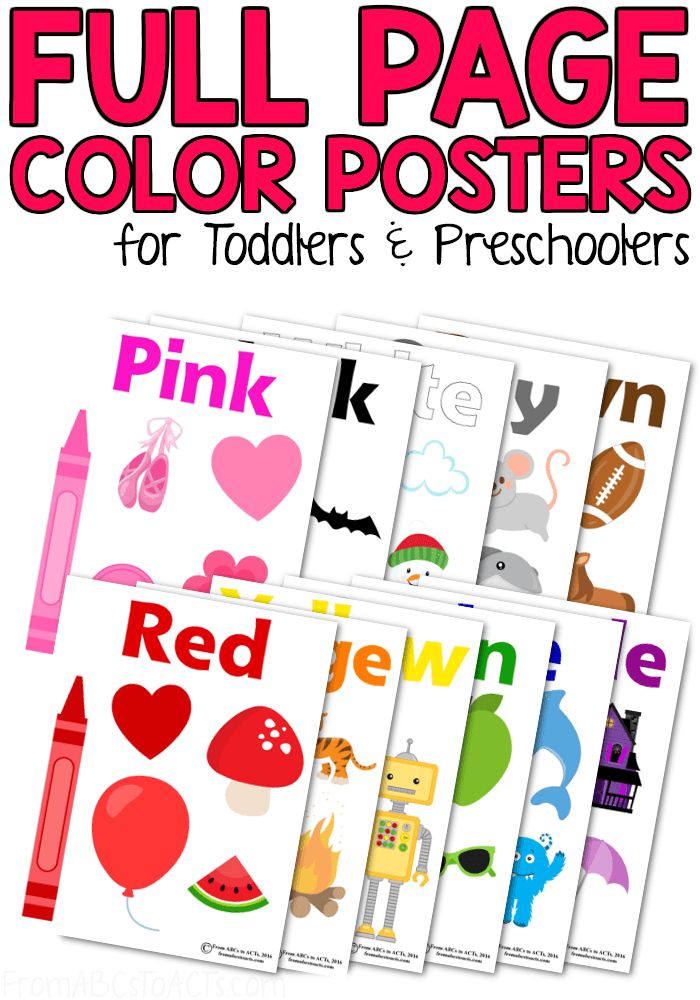
I’m not ashamed to say that every time I walk into Target, I check their dollar section to see if there are new mini-erasers available. Anyone else with me on this one?
View Amazons Price
Directions:
1. First, print my 7 FREE SHAPE MATS HERE!
2. If your toddler is learning shapes, make sure to talk about what shape you are building with them! When working with older ones, ask them to see if they know what shape it is and if they know how many sides it has!
3. Get out your mini erasers and have your child either use their fingers to place the erasers in the circles to make the shapes or use kid-friendly tweezers to pick up the erasers and place them on the circles to improve their fine motor skills!
4. With preschoolers, set up some erasers in a pattern and see if your little one can finish the entire shape in that pattern!
Tip #4: Focus on a few shapes at a time.
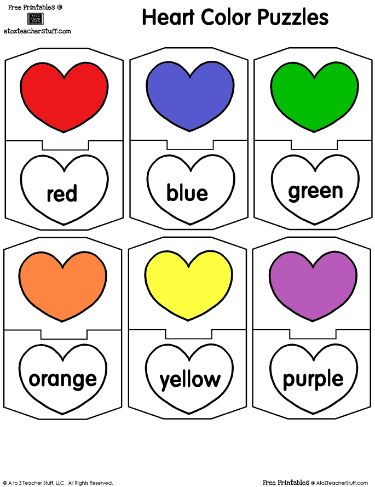
This picture is overwhelming to me; I can’t imagine how difficult it would be for a toddler to differentiate these shapes!
When teaching toddlers, you must start slow, or they won’t understand the information you’re presenting them. Choose one or two shapes to start.
The four easiest shapes for toddlers to learn are circle, square, triangle, and star.
I would start by teaching these to your toddler then move onto more complex shapes.
I did some research and saw that many school districts believe that a child should know these shapes before entering kindergarten: triangle, circle, square, rectangle, oval, star, diamond (rhombus), and heart.
You may want to remove certain shapes from toys or activities when you are teaching, so your toddler can focus on the one you are trying to teach.
Check for understanding to see if they can differentiate between the shapes you started with to see if you can move onto other shapes!
Tip #5: Check for Understanding
I feel like I am always talking to my son.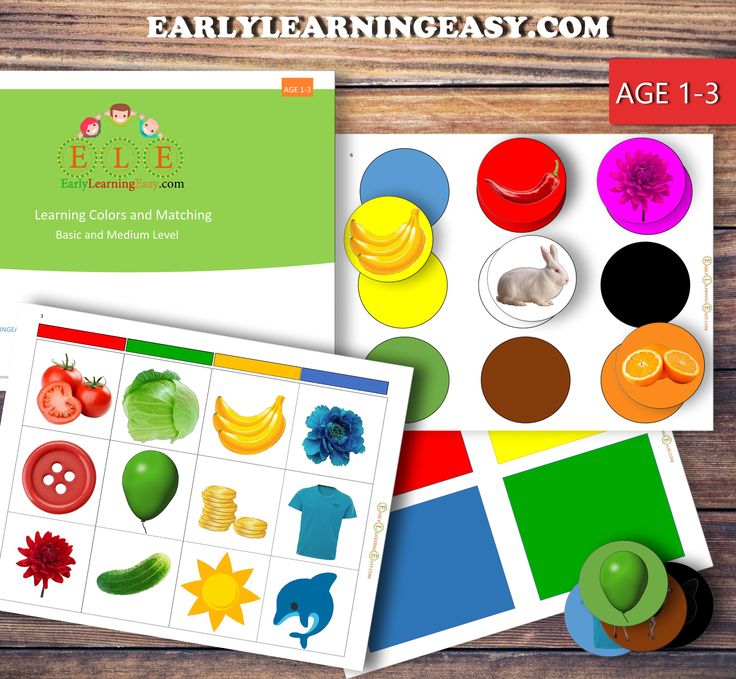 I am either identifying something to him or asking him questions to see what he knows throughout the day.
I am either identifying something to him or asking him questions to see what he knows throughout the day.
He is probably so annoyed with me, but luckily he can’t verbalize it to me yet 🙂
Checking for understanding is crucial to see what your child knows so you can keep building on that knowledge or identify what you need to review with them.
Take a look at the video below to see one way that you can see what your child is retaining!
In this video, I used a Crayola My First TouchPad. This product entertains my kids, so I knew that it would be a great way to see what my son knows.
What should you do if your child makes a mistake when checking for understanding?
If your toddler makes a mistake while you are checking for understanding, make sure to provide them with positive/corrective feedback.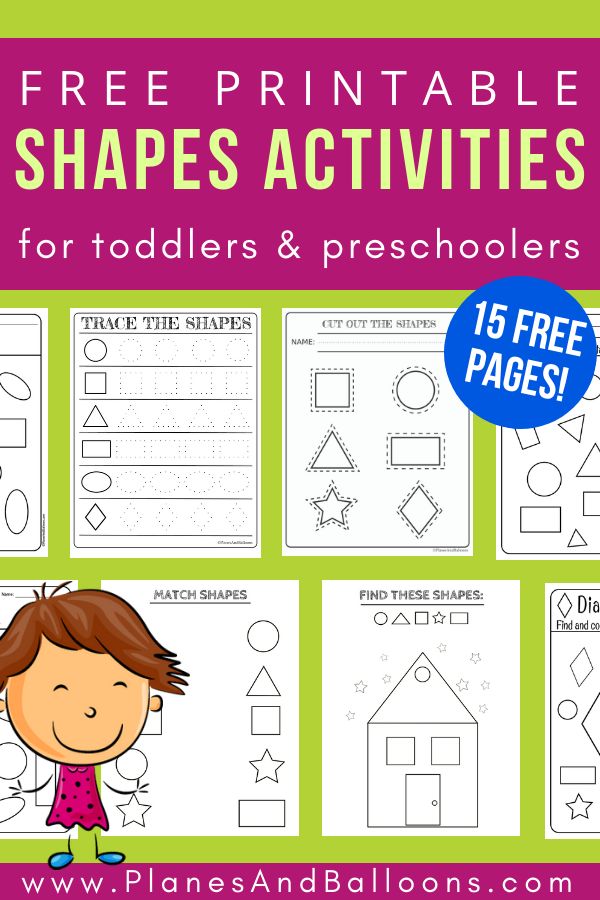
Here’s an example: If you asked your child, “Where is the triangle”? And they touched the circle, all you have to say is “that is a circle.” Then go on to show them the triangle.
If you are seeing that your child is getting one or two shapes wrong each time you check for understanding, try presenting the information differently by using a variety of different toys, books, or drawings to see what works best for them!
Tip #6: Be their biggest cheerleader!
If your toddler is not able to identify shapes or isn’t interested in learning quite yet, don’t get frustrated. The learning process for each child is different.
It’s easy to compare your child’s skills (cognitive or physical) with another child their age. Some children have learned their shapes by 15 months, and others aren’t interested in learning quite yet, and they are 20 months.
THAT IS OKAY!
The important thing is that you keep a positive attitude, play with shape toys daily, and repeat the information.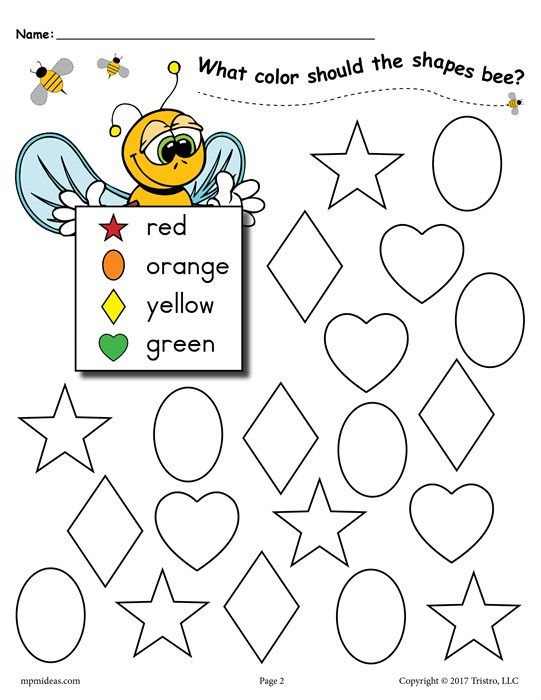 Please try not to get frustrated!
Please try not to get frustrated!
Be patient, and stay confident in your child!
Final Thoughts and Conclusion
Teaching your toddler about shapes is a fun but challenging adventure!
It’s important to start slow, play with shape toys they can manipulate and practice each day. Try to mix up the activities that you do with them to keep them engaged and excited to learn!
I would love to help in your journey, teaching your toddler shapes. Whether you need some creative ideas or you need more helpful suggestions, please leave a comment below.
If you have any great ideas that you would like to share as well on what helped you teach numbers to a toddler, please share them with us too!
And I’d love to know:
What is your favorite way to teach toddlers colors?
Learning colors: how to teach a child to distinguish colors and shades
It is generally accepted that by the age of three a child should learn to distinguish between primary colors.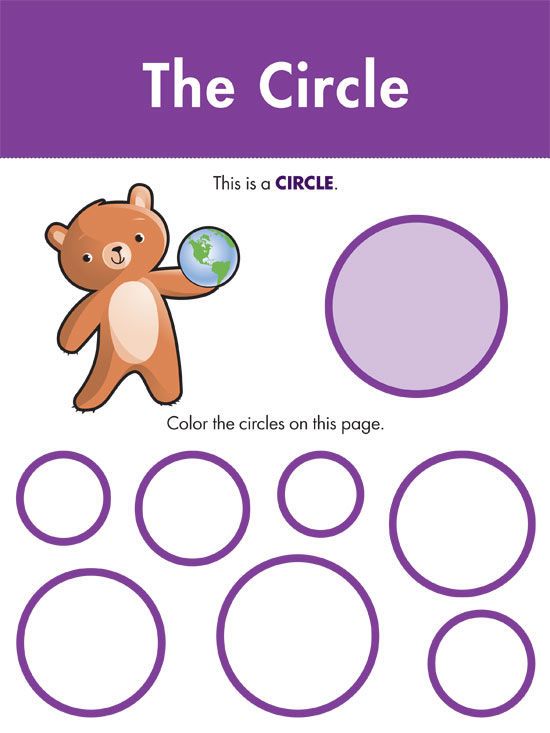 This skill is an important part of sensory development, it gives the child the opportunity to see the world in a new way. Often, if the baby does not know or confuse colors, parents have concerns about the pace of development of the child. Do I need to worry if the study of colors is not easy for a child? How to teach a child to distinguish colors? You will find answers to these questions in our article.
This skill is an important part of sensory development, it gives the child the opportunity to see the world in a new way. Often, if the baby does not know or confuse colors, parents have concerns about the pace of development of the child. Do I need to worry if the study of colors is not easy for a child? How to teach a child to distinguish colors? You will find answers to these questions in our article.
At what age does a child begin to see colors?
Studies have shown that children begin to perceive colors by 2-3 months. The first colors a child sees are yellow, orange, red, green. At this age, babies can already react differently to their toys of different colors (for example, a red rattle can please a child more than a blue one), look at bright pictures with enthusiasm. The baby's world quickly acquires colors, but if we talk about the ability to consciously find an object of the right color, then usually it appears in children at the age of one and a half. It is at this age that it is optimal to start learning colors in a playful way.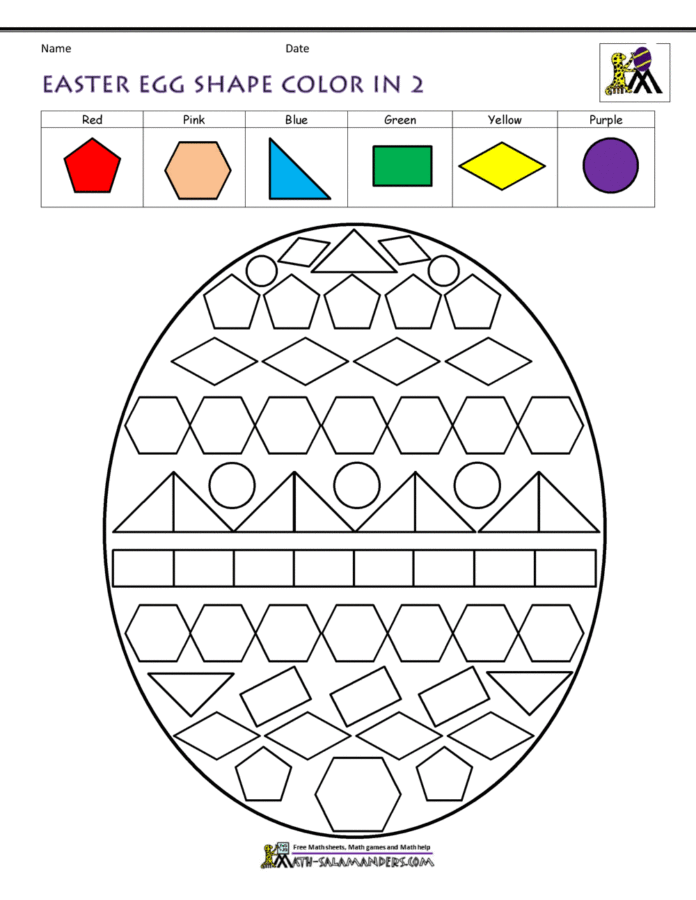 You can voice the names of flowers to a child for up to a year, this will only benefit him. But do not demand too much from the baby, remember that his brain is actively developing, and as soon as the time comes, you will certainly see the results.
You can voice the names of flowers to a child for up to a year, this will only benefit him. But do not demand too much from the baby, remember that his brain is actively developing, and as soon as the time comes, you will certainly see the results.
To see if your child is ready to learn colors by playing with building blocks, ask your child to point to a part that is the same color as yours. If the baby can find objects of the same color, then he is quite ready to memorize the names of colors.
Learning colors in everyday life
Children get most of their knowledge about the world in everyday life: communicating with adults and peers, observing nature, playing. The study of flowers is no exception. Sometimes a child does not need to do special exercises to learn to recognize colors. For this, it is enough that he hears the name of the color and associates it with a specific thing. During daily activities, voice for the child what color the objects are around.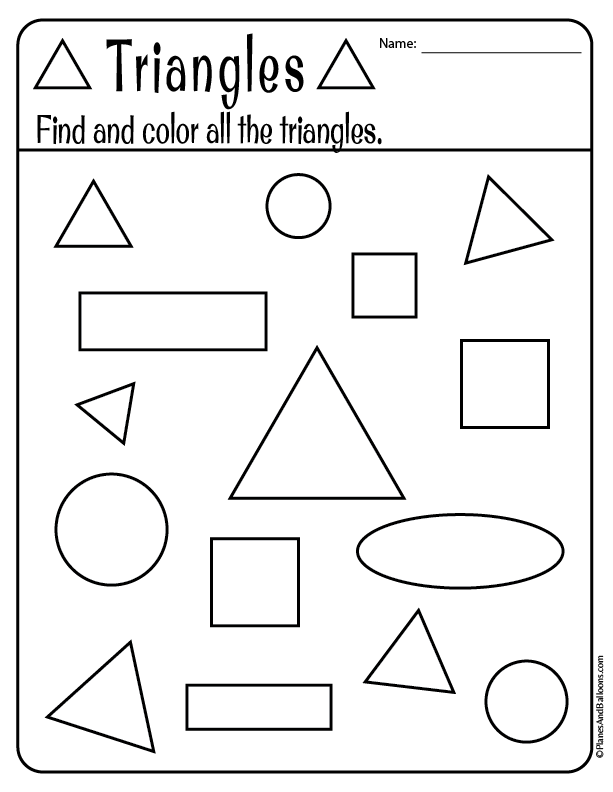 Whether you are drawing, playing with blocks, looking at cars in the yard, reading, swimming, eating, dressing - in each of these situations, you can gently teach your child to distinguish colors.
Whether you are drawing, playing with blocks, looking at cars in the yard, reading, swimming, eating, dressing - in each of these situations, you can gently teach your child to distinguish colors.
It is important that the study of colors does not turn into torture. You should not constantly test the child's knowledge by asking him which color is which. Soon the baby may just start to ignore you. “Let's paint the sun yellow!”, “What a delicious green cucumber!”, “Oh, where did the blue cube go? Here he is!" are examples of how you can gently help your child remember colors.
Games for learning colors and their shades
In order to get your baby interested in learning colors or to reinforce the knowledge they already have, you can offer your child to play special “color” games.
Color Sorting
Sorting games are designed to help children learn to group objects by color. Any materials at hand can be items for sorting: toys, covers, designer parts, cubes, buttons, cereals, pencils, etc. You can organize the game in various ways:
Any materials at hand can be items for sorting: toys, covers, designer parts, cubes, buttons, cereals, pencils, etc. You can organize the game in various ways:
You can come up with as many options for sorting by color, it all depends on your imagination. So that the child does not lose interest in the task, connect the plot of the game with his favorite characters, toys (for example, a cat will eat from a yellow bowl, and a baby elephant from a red one, etc.).
Match a Pair
Help your child learn colors with the Match a Pair series. Ask your child to find a petal for a bug, a pot for a flower, a roof for a house, etc. You can present the baby with a deliberately wrong option and ask to correct the mistakes.
Pick up a patch
Show the child the picture with the missing details. Ask him to fill in the gaps (this can be done with plasticine, pom-poms, caps, cards, etc.).
Color Lotto
At the age of about one year, children begin to be interested in various lottos.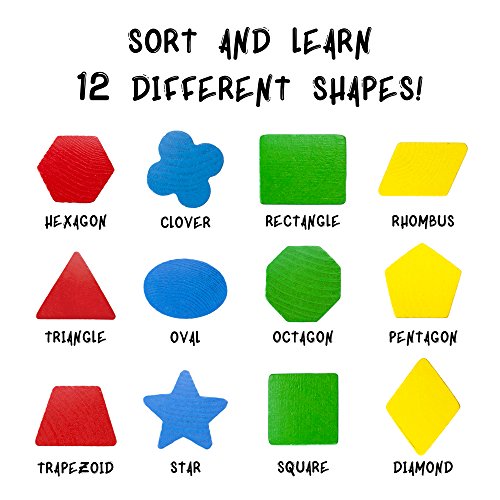 In the color lotto, the task is to collect pictures of the same color on the card.
In the color lotto, the task is to collect pictures of the same color on the card.
Colored Sensory Boxes
Create a sensory box for your baby where everything is the same color. During the game, the child will be able not only to remember the color that he sees, but also to develop fine motor skills, tactile sensitivity, thinking, and imagination.
Color days
This is one of the most interesting and popular ways to teach your child to distinguish colors. Its essence is that during the day (or several days) you draw the child's attention to objects of a certain color. For example, on a yellow day, you can dress in yellow clothes, play with yellow toys, draw a yellow chicken. Surrounded by one color, the baby will easily remember it.
Cards for learning colors
You can learn colors with your child using cards. With the help of Doman's "Colors" cards, you can introduce your baby not only to the main colors, but also to different shades.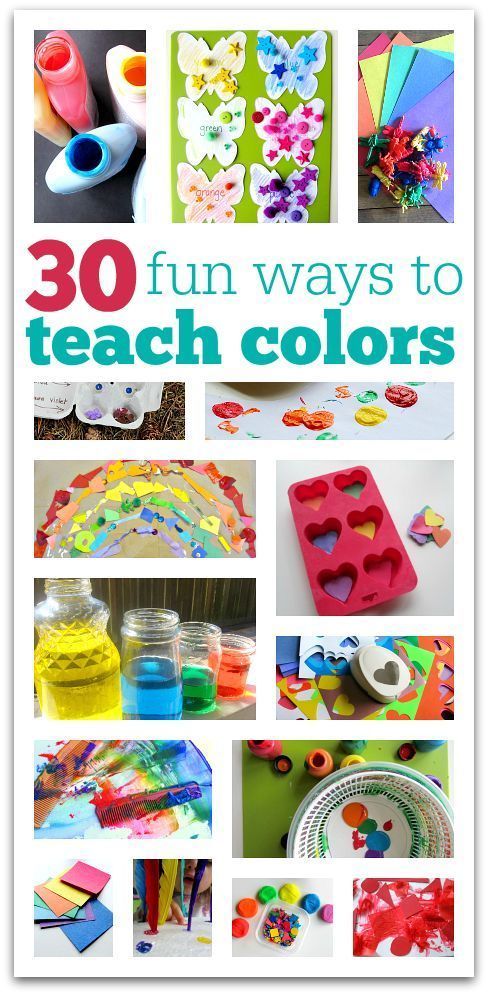 It is important not to overload the child with unnecessary information about the names of 10 shades of green or red. Learn only those shades whose names you can use in the game and life.
It is important not to overload the child with unnecessary information about the names of 10 shades of green or red. Learn only those shades whose names you can use in the game and life.
Board games for learning colors
Board games are a great way to learn about colors and consolidate knowledge about them. Currently, the stores offer a wide range of similar games for every taste and budget. Choose a game that suits your child.
Educational cartoons
There are many educational cartoons on the Internet that will help your child memorize colors quickly. Here is one of them:
Educational books
If your little one loves to listen to stories and look at pictures, this is the way for you. We all remember the wonderful story of V.G. Suteev "Rooster and paints", by S.Ya. Marshak has a whole “Colorful book”. You can also find many educational books that will become your faithful assistants.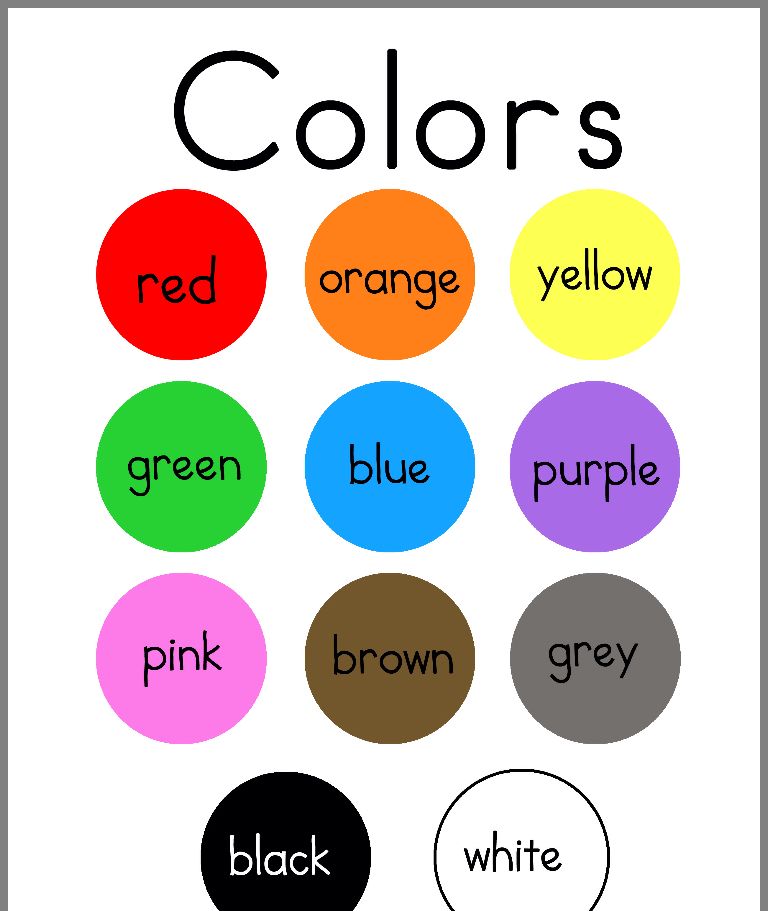
Conclusions
We have listed for you different color learning games. In order for a child to master the concept of color well, it is worth adhering to a number of principles: do not rush the baby, provide a variety of material for games, discuss what you see.
Conclusion
You can start studying colors from an early age, the main thing is that it is interesting for the child. It is impossible to specify clear age limits when a child should learn primary colors. This process, like all development, is individual for each baby. The Sozvezdie Development Center has created a Montessori environment for kids, aimed at the comprehensive development of the child. In the classes "Together with Mom" children in a playful way get acquainted with the concepts of color, shape and size, do thematic creative work. You can learn from our teachers how to interest a child in an activity and how to properly present him with cognitive information. Develop with us!
Prepared by a Montessori teacher
Sokolova Oksana
Learn colors - colors for children.
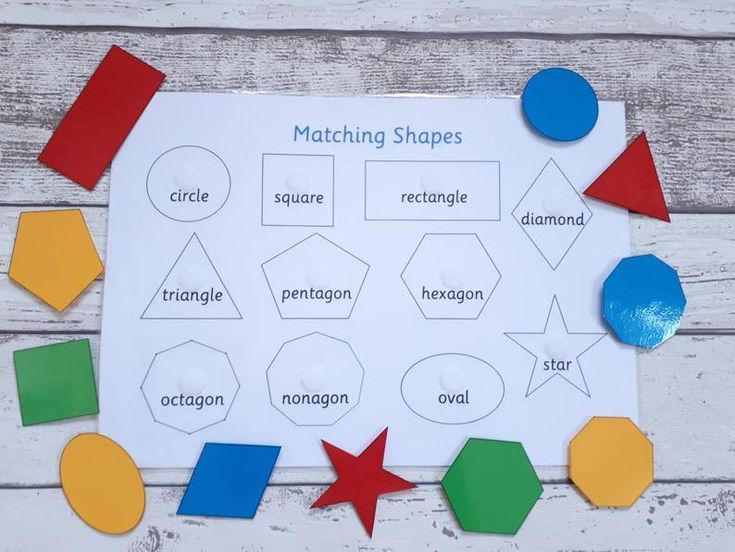 Learning Colors with a Child - Practice Activities - Child Development
Learning Colors with a Child - Practice Activities - Child Development How to Learn Colors with a Child
Learning colors is very important for children. There can be no full-fledged development of the baby without this knowledge. Learning a varied color palette - what could be more fun for the little ones and how can a child be interested in learning them? How to make classes useful and fun? This will help you with practical tasks that are posted on our website. They are characterized by the following:
1) Simplicity and efficiency. Classes require time, perseverance and patience. And also creativity and knowledge, which are not enough (not all parents have a pedagogical education). A modern approach to children and old-fashioned ways will help you, as a parent, to teach your child colors. Learn colors with kids and Childdevelop!
2) Individual approach. How to teach a child colors? It would seem that such a simple task, but the child stubbornly confuses colors, does not want to listen, is naughty, it is difficult for him.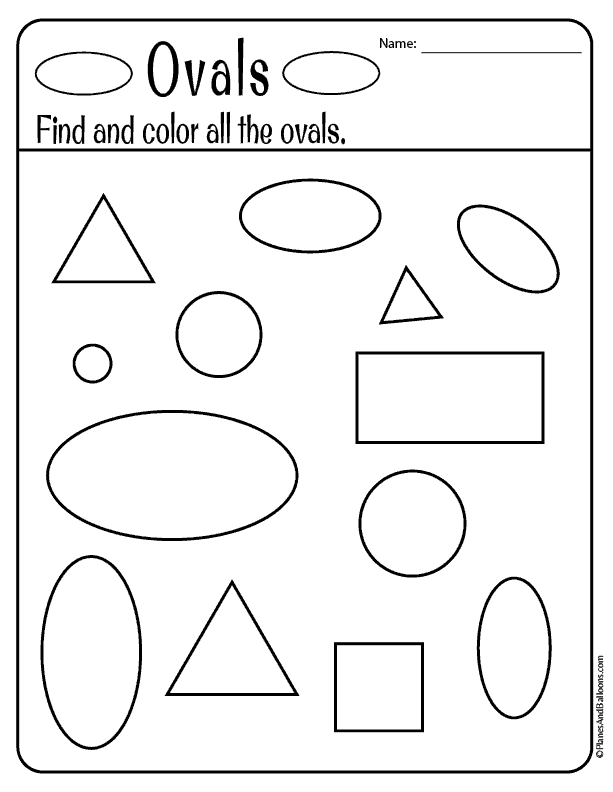 Are you running after him and want to achieve results? Certain tasks, games and the experience of specialists in pedagogy and psychology will help you solve the problem and methodically approach this task. And you will see concrete results very quickly. Colors for children will no longer be an impossible topic to study.
Are you running after him and want to achieve results? Certain tasks, games and the experience of specialists in pedagogy and psychology will help you solve the problem and methodically approach this task. And you will see concrete results very quickly. Colors for children will no longer be an impossible topic to study.
3) Learning colors with a baby. It has long been no secret for specialists where to start, how to learn colors with a child, in what order they should be taught, and what practical tasks to use for learning colors for children.
4) Job benefits. How to teach a child to recognize colors and distinguish them? Our tasks will help you get your child interested in learning colors. These methods will push you to use not only when learning colors, but in the future - for learning numbers, letters, sizes of shapes and more.
5) Step by step instructions and good advice. Perhaps you will understand your mistakes in teaching colors to children. For example, few people know that you should not often use (and it is better to exclude at the first stage) diminutive forms (call the colors blue, green, etc.